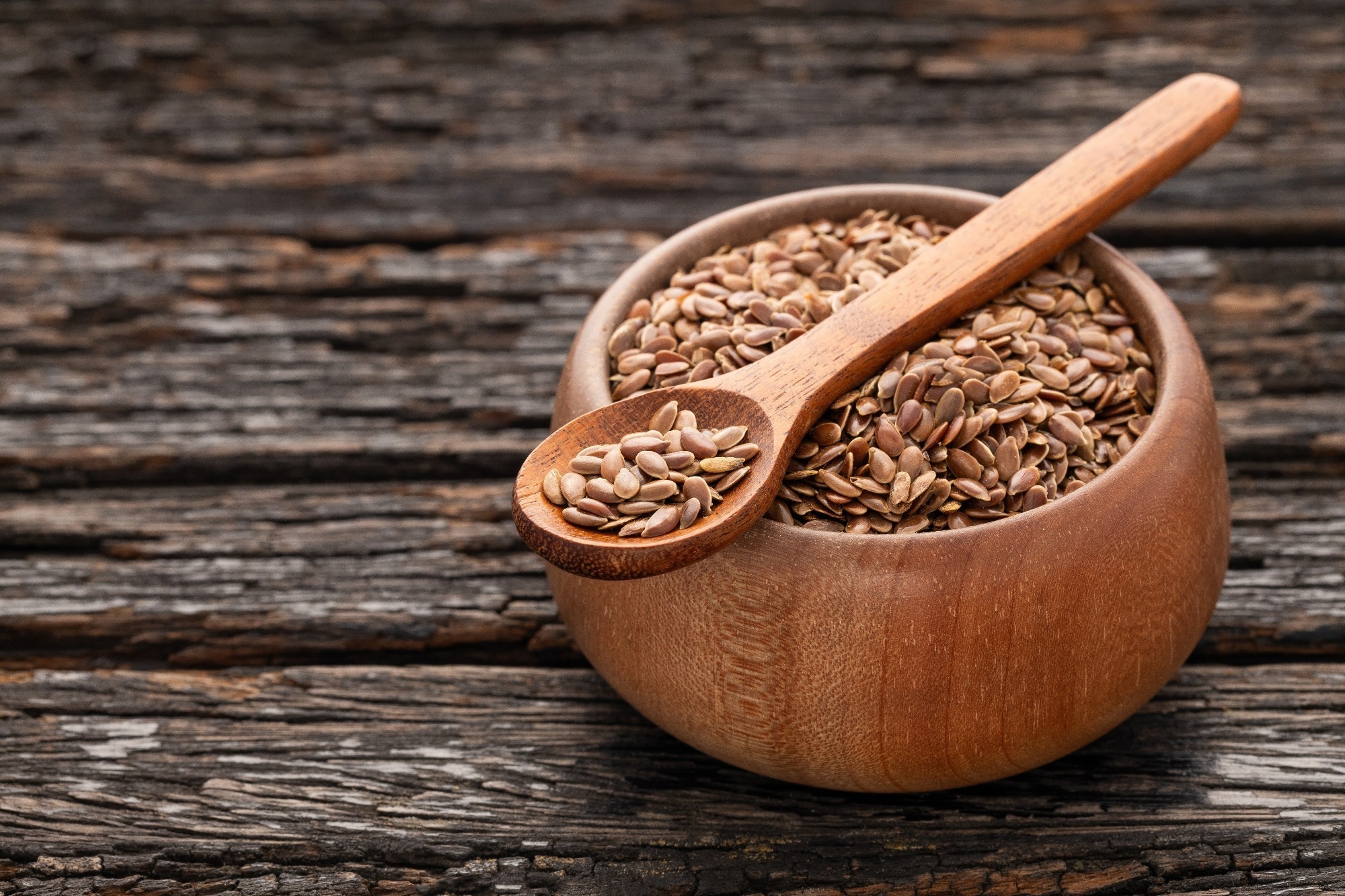Concrete is everywhere, but it's not exactly known for being eco-friendly. So, what happens when you mix it with materials like hemp, flax, or even seaweed? A recent review set out to answer that question by looking at how biobased materials affect the strength, durability, and insulation properties of concrete.
 Study: A Review - Durability, Mechanical and Hygrothermal Behavior of Building Materials Incorporating Biomass. Image Credit: Luis Echeverri Urrea/Shutterstock.com
Study: A Review - Durability, Mechanical and Hygrothermal Behavior of Building Materials Incorporating Biomass. Image Credit: Luis Echeverri Urrea/Shutterstock.com
The study, published in Eng, examines the performance of concrete blends that use various natural fibers and binders, from traditional cement to lime and even soil-based mixes.
Why Biobased Materials Are Getting Attention
Natural, plant-based materials are catching on in construction for a few good reasons. They’re renewable, often low-cost, and come with a set of handy properties - like decent strength, good insulation, and the ability to regulate moisture. Hemp and flax are among the most common, but others like jute, kenaf, sisal, and even algae are being tested, too.
The appeal goes beyond sustainability. These fibers can improve how concrete behaves, from making it lighter to enhancing its ability to hold or repel water, depending on the need.
But not every natural material is a good fit. Green algae, for example, can release hydrogen sulfide gas - not something you want in a building material. On the flip side, red algae can be used in standard cement mixes, while brown seaweed works better in earth- or clay-based blends. These marine materials can improve moisture and temperature control, but they also tend to reduce the strength of the mix.
What Happens to Concrete When You Add Fibers?
Natural fibers change how concrete looks and performs - sometimes in surprising ways. Take hemp concrete: it’s a lot less dense than traditional mixes, which makes it lighter and more insulating, but not as structurally strong. Flax-based concrete is similar - light and porous, with properties that can be adjusted depending on how much flax shive is added.
But here’s the catch: strength varies a lot. Factors like fiber size, type, and proportion all play a role. Seaweed, for instance, works well up to a point, specifically, up to 0.06 % of the binder mass. Beyond that, its high water absorption and porosity start to weaken the mix. By contrast, flax and hemp can be added in much higher amounts (up to 10 %) without significantly compromising strength.
Thermal Performance and Durability
One of the biggest advantages of using natural fibers is the ability to have better control over temperature and moisture. These materials are great at slowing down heat transfer, which makes them excellent for insulation, especially in walls and roofs. Hemp concrete, for example, has strong thermal performance that helps maintain a steady indoor temperature and reduces the need for heating or cooling.
In terms of durability, there’s good news and bad. Hemp concrete holds up well against salt, moisture cycles, and biological wear. But it’s not ideal for areas that experience a lot of freeze/thaw cycles - unless you pair it with a stronger binder. Also, since hemp fibers contain lignin and cellulose, they’re sensitive to moisture, which means long-term exposure to damp conditions can lead to aging or degradation.
The Bottom Line
Biobased materials like hemp, flax, seaweed, and miscanthus are showing real promise in making construction more sustainable. They offer solid benefits in terms of thermal insulation, moisture control, and environmental impact. But they’re not perfect, especially when it comes to matching the mechanical strength of traditional concrete.
Adding plant fibers tends to make the mix lighter and more porous, which is great for insulation but not for structural loads. Compressive strength drops, water resistance can suffer, and bonding between fiber and binder isn’t always strong.
So, is there one "best" biobased material? Not really - not yet, anyway. Performance depends on so many factors that there’s no one-size-fits-all answer. But the research is clear: with the right combinations and applications, natural fibers could play a major role in the future of construction.
Journal Reference
Affan, H., El Haddaji, B., Ajouguim, S., & Khadraoui, F. (2024). A Review - Durability, Mechanical and Hygrothermal Behavior of Building Materials Incorporating Biomass. Eng, 5(2), 992–1027. DOI: 10.3390/eng5020055, https://www.mdpi.com/2673-4117/5/2/55
Disclaimer: The views expressed here are those of the author expressed in their private capacity and do not necessarily represent the views of AZoM.com Limited T/A AZoNetwork the owner and operator of this website. This disclaimer forms part of the Terms and conditions of use of this website.